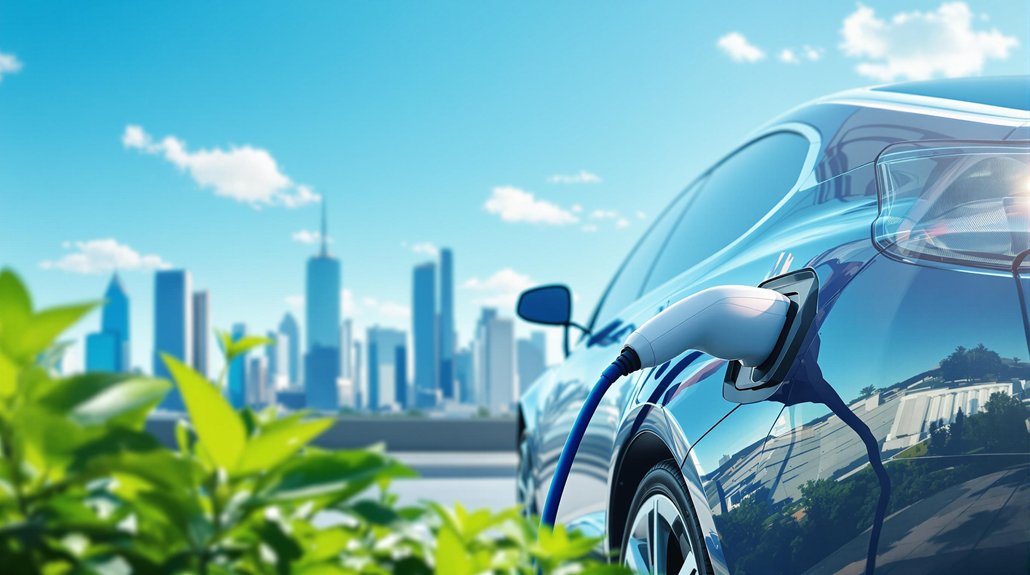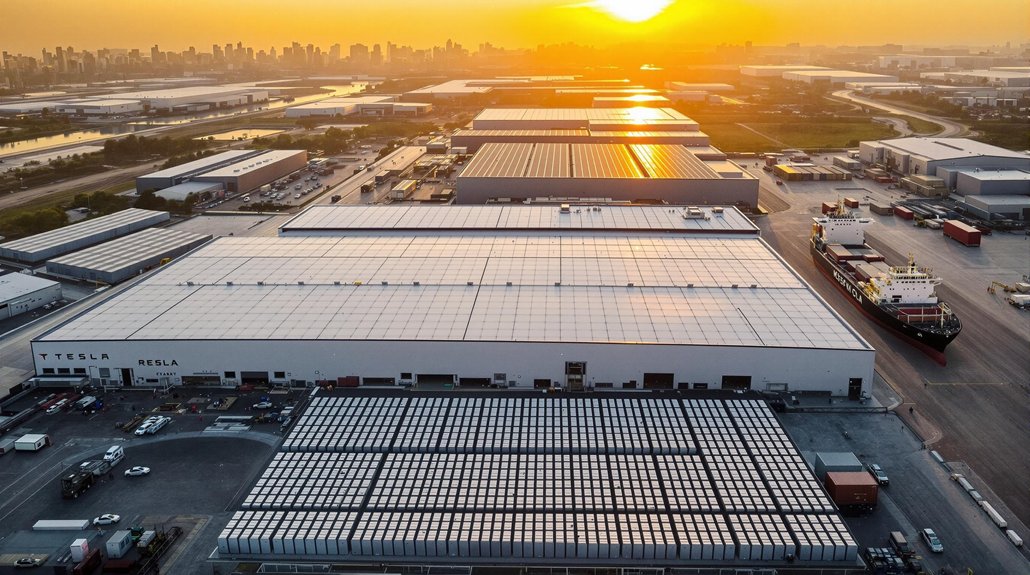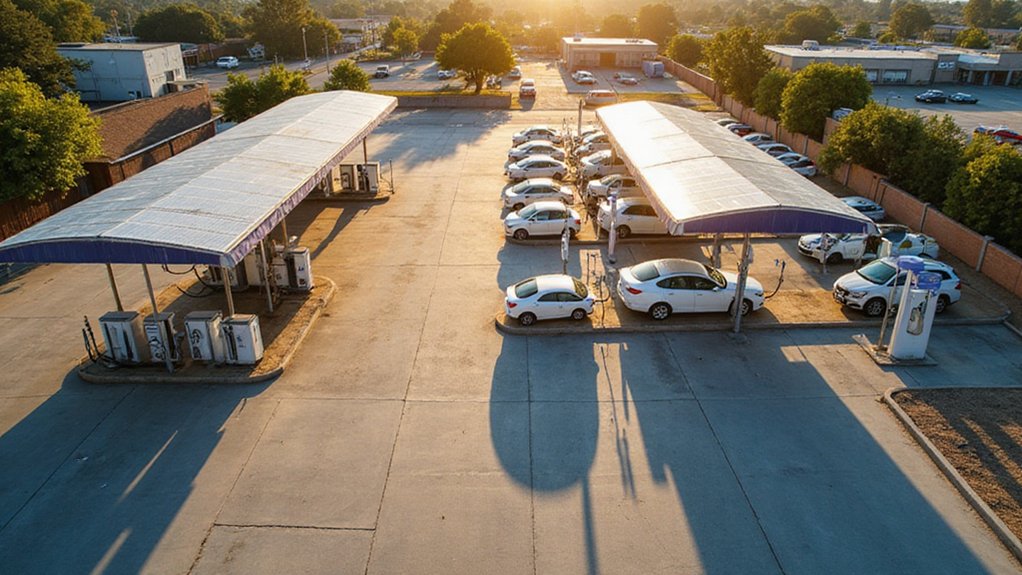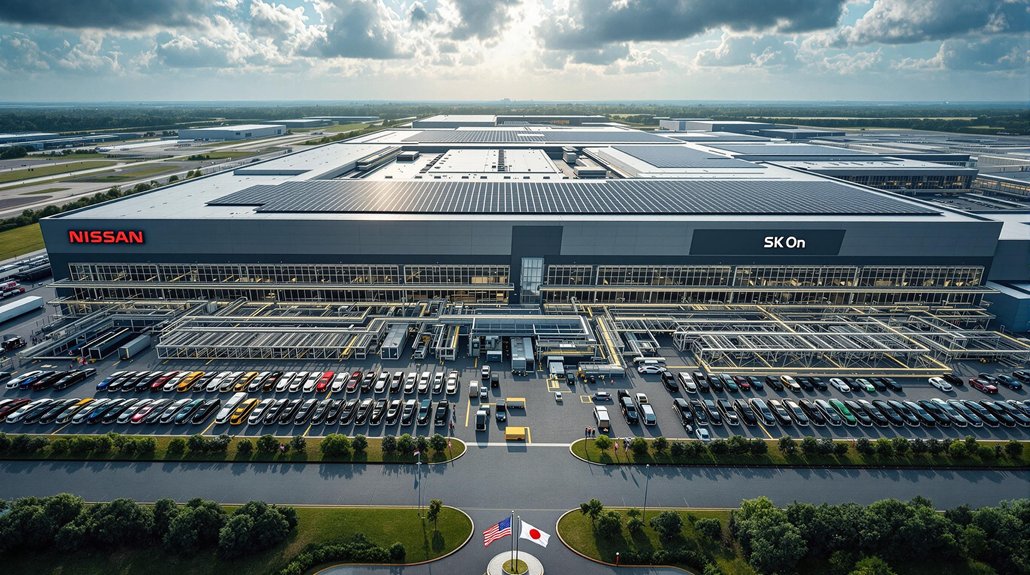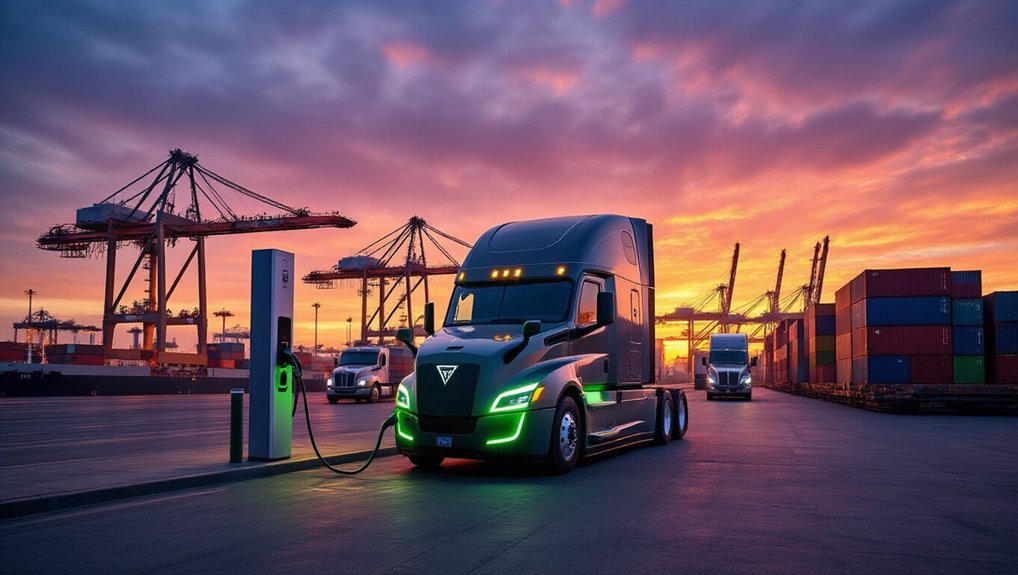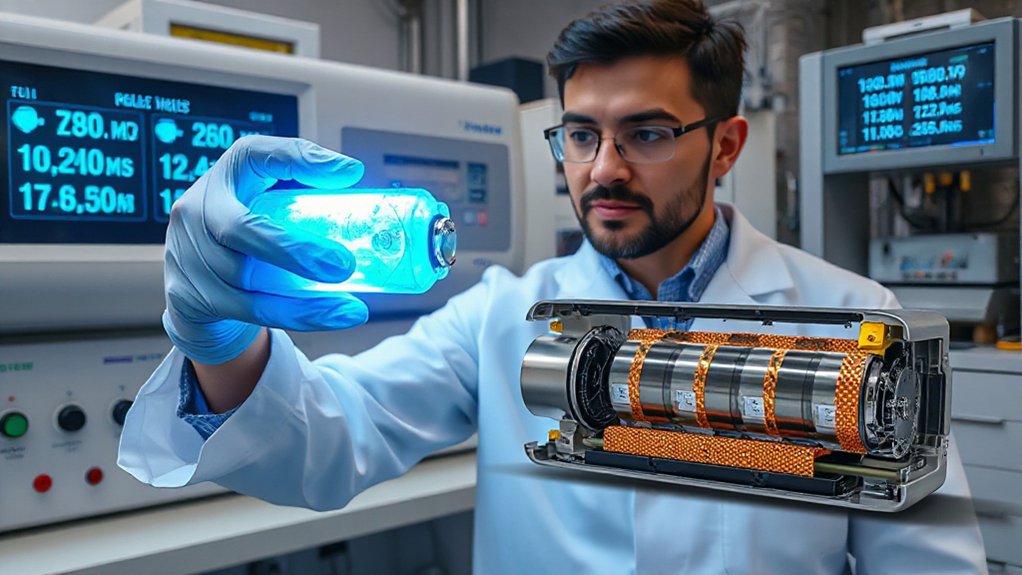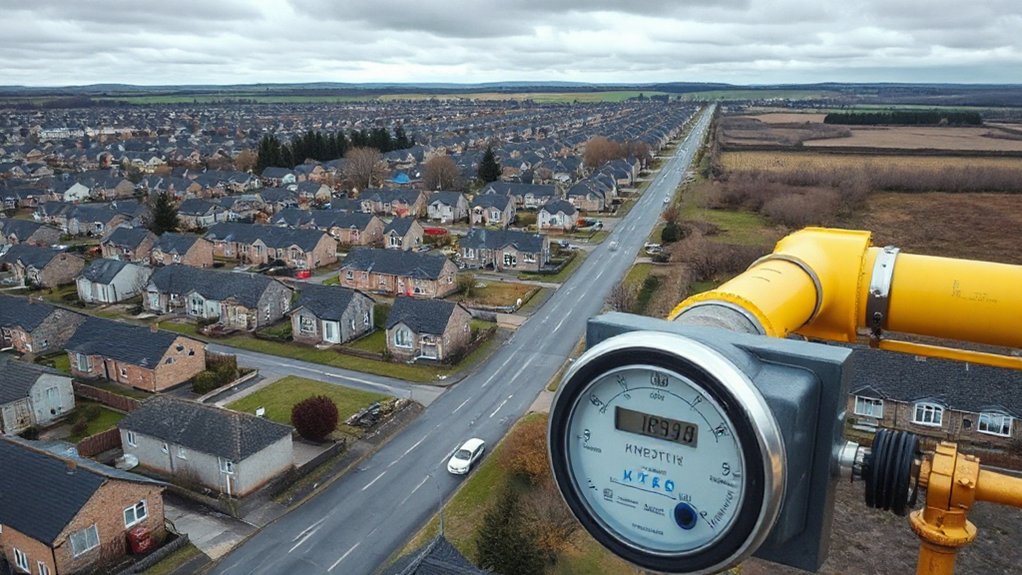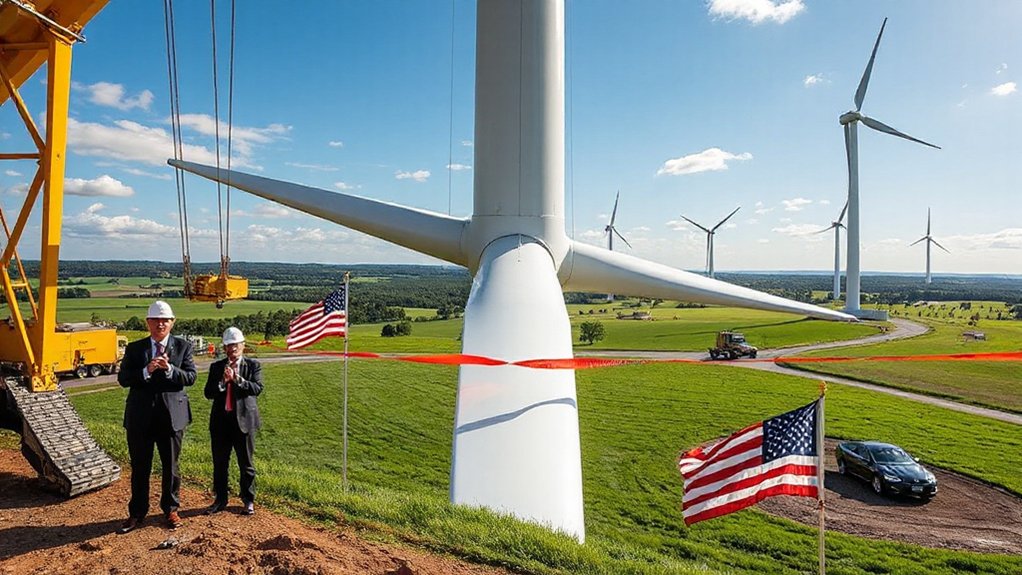Zero-emission vehicles aren’t just fancy tech toys—they’re literal lifesavers. EVs could prevent nearly 89,300 premature deaths by 2050 while slashing greenhouse gases by 50%. America’s transportation sector spews harmful pollution daily, but EVs operate at 87-91% efficiency compared to gas guzzlers’ pathetic 16-25%. Sure, they cost more upfront, but owners save $12,000 over time. The numbers don’t lie; neither do your lungs.
As climate change continues its relentless march, zero-emission vehicles have emerged as a critical weapon in humanity’s environmental arsenal. These miracle machines produce exactly zero tailpipe emissions while operating. Zero. They’re generating substantially lower lifecycle emissions than their gas-guzzling counterparts and slashing greenhouse gases by up to half compared to conventional vehicles. The math isn’t complicated, folks.
The health benefits are staggering. By 2050, EVs could prevent nearly 89,300 premature deaths across America. That’s a small city worth of people who get to keep breathing. They’ll also help avoid 2.2 million asthma attacks and save a whopping $978 billion in public health costs. Because apparently, the ability to breathe without an inhaler has a price tag. Unlike conventional vehicles, EVs eliminate particulate matter emissions that are directly linked to increased risks of lung cancer and blood vessel damage. Reducing the transportation sector’s pollution is especially crucial as it remains one of the top sources of harmful air pollution in the United States.
Your wallet will thank you too. EVs cost 5-10 times less to fuel than gas vehicles. Fewer moving parts mean less maintenance. Over its lifetime, an EV can save its owner up to $12,000. Not too shabby for doing the right thing.
Electric revolution isn’t just good for the planet—it’s a financial windfall waiting in your garage.
Performance? These aren’t your grandpa’s golf carts. EVs deliver instant torque for acceleration that pins you to your seat. They’re whisper-quiet too. Energy efficiency reaches an impressive 87-91% compared to gas cars’ pathetic 16-25%. Gas cars literally waste most of their energy as heat. How is that still acceptable?
Sure, challenges exist. The upfront cost is higher. Range anxiety makes some people twitchy. Charging takes longer than filling up. Battery production isn’t perfectly clean yet. But with 45,000+ charging stations nationwide and growing fast, the infrastructure is catching up. Modern EV batteries are designed to last approximately 15 years or more, making them a long-term sustainable transportation solution.
Government support continues through tax credits up to $7,500 and various state-level incentives. Even corporate fuel economy standards are pushing manufacturers toward electrification.
As our electricity grid evolves to renewable sources, EVs will only get cleaner. Meanwhile, our lungs, our planet, and our children’s futures are waiting for us to make the switch. The revolution is here, and it runs on electricity.
